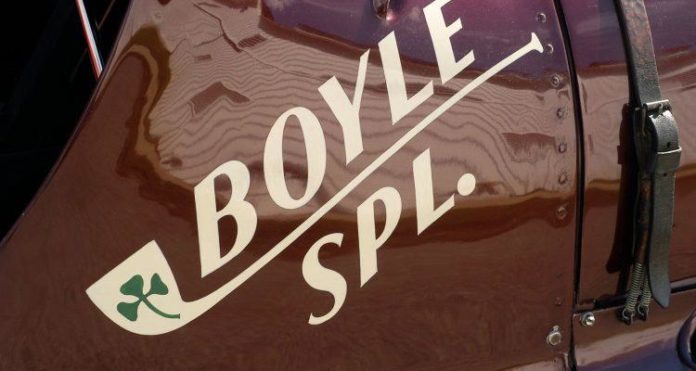After World War II began in Europe, there was a lull in the world of European racing, but this was not felt in America. Before Pearl Harbor, America continued to live in its rhythm, as if everything was fine and there was no bloodbath on the neighboring continent. At this point, an unlikely Italian car that had previously competed in a Grand Prix ended up in the hands of a young Indiana driver. He drove a Maserati 8CTF in an Indy 500 in May 1939.
Rolling dice
The hot guy in question is 27 year old Wilbur Shaw, winner of the 1937 Indy 500, who was delighted to win it more than once. His ride in the Maserati 8CTF was something of a gamble to say the least. The car that competed in the Grand Prix then, as now, was technically advanced. First of all, he had light-resistant tires. And, in general, the car itself was a high-performance machine. However, the Maserati 8CTF was designed for a couple of hours of racing.
But the Indies could last more than twice as long, and the 1939 Indy 500, which debuted Wilbur Shaw and his Maserati 8CTF, lasted over four hours. It was very risky in the beginning.
Second wind
Maserati has had many victories throughout history, but just as many financial defeats. The company then skimmed the cream, then fell apart at the seams. Political infighting, debt, and (worst of all) failing to win races with slow, outdated cars hindered real success. However, in May 1937, the Maserati brothers got another chance when the Orsi group acquired shares in the company. Everyone comments on this moment in the history of Maserati in different ways, but there are those who talk about the important positive role of Orsi in the development of the company.
When Maserati came under the influence of Orsi, and the Maserati brothers were hired by employees, the International Racing Union changed the technical rules and introduced stricter restrictions on Grand Prix cars. Starting in 1938, engine displacement had to be limited depending on the weight of the car - a maximum of 3000 cc for turbocharged engines. By the way, 1938 was one of those years when Maserati was on the rise, as Ernesto Maserati successfully developed the new Maserati 8CTF car based on new requirements.
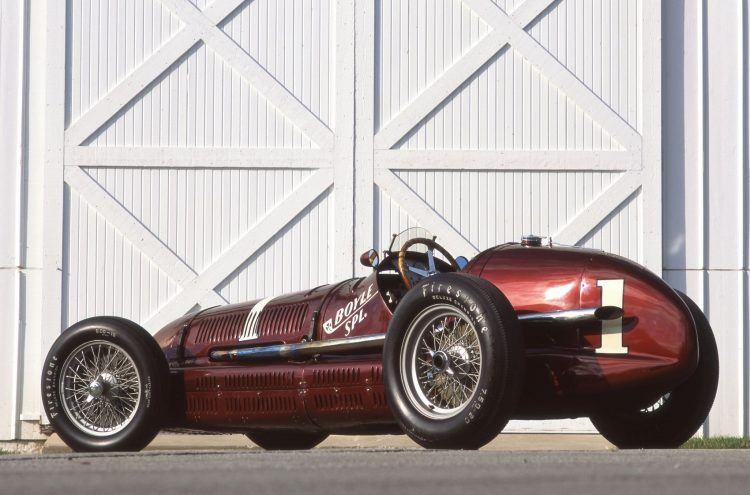
Maserati 8CTF: specifications
Created under the new GP rules, the 8CTF was very modern at the time of its release. Built around a cabin frame with two steel rails and C-section cross beams. The straight eight of the car was equipped with two four-cylinder engines installed in the middle. It was essentially a one-piece design in which the cylinder head and block were a single piece. The name "8CTF" was the designation for these eight cylinders, while "TF" stands for "Testa Fissa" or fixed head.
The engine displacement was 2991.4 cubic meters. cm with a rather low compression ratio of 6.5: 1, which is associated with two superchargers. There were two valves per cylinder, arranged at 90 degrees, driven by two overhead camshafts. All in all, it made up to 365 horsepower with the four-speed transmission, reaching up to 1,719 lb-ft of torque. At the same time, the maximum speed was 180 miles per hour.
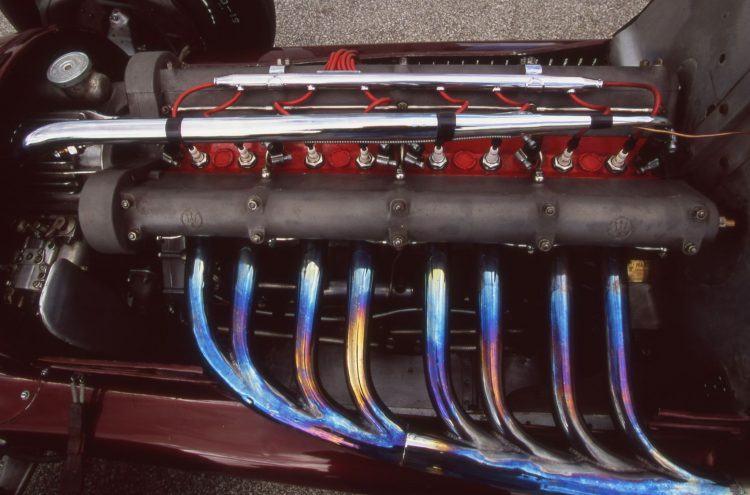
Unprecedented turns
The racing history of the Maserati 8CTF began with a lot of promise and huge potential. Count Orsi performed at the Coppa Ciano. Gigi Villoresi made the fastest lap in the Coppa Acerbo in his 8CTF. With these results, customers began to line up at the Maserati Brothers store in Bologna, Italy. One of the clients, oddly enough, was Michael "Mike" Boyle Joseph of the Chicago Boyle Racing team.
In early 1939 Boyle's team manager Harry W. "Cotton" Henning traveled to Bologna and bought a Maserati 8CTF. He then sent it back to Chicago where the car was prepared for the race. At the same time, the wheels were replaced with a model with a larger diameter and Firestone tires. At the same time, the car was painted in the corporate colors of Boyle Racing. It was about the color of amaranth, it is a gorgeous shade of deep dark red. Boyle, passionate about motorsport as a child, was determined to win the Indianapolis 500. Moreover, the car was completely financed by him.
Introduced into Indiana racing as the "Boyle Feature", it was entrusted to driver Warren Wilbur Shaw.
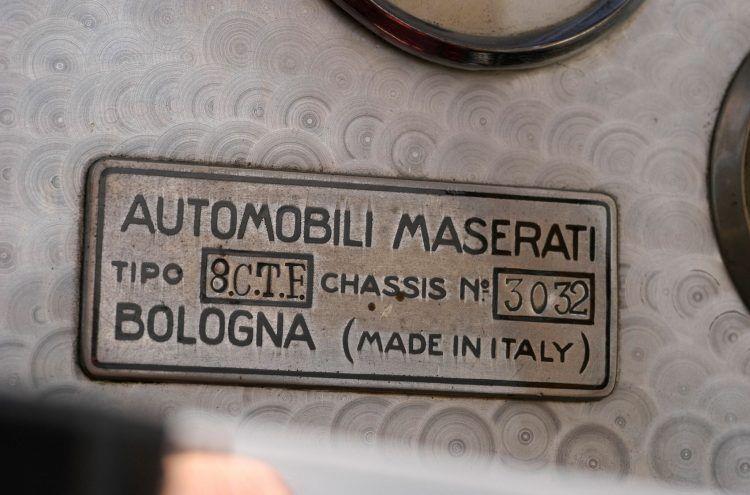
Victory
After a one-day three-way race between Shaw, Louis Meyer at Stevens-Winfield and Jimmy Snyder at Adams-Sparks, Wilbur Shaw won the Indy 500 on May 30, 1939, driving our car for 51 laps. It was a historic moment for Maserati as no European car had won at The Speedway in the USA since 1919.
In 1940 Wilbur Shaw won again, on the same 8CTF he used in 1939! Two 500 wins, back to back, just like that! These victories confirmed the speed, durability and reliability of the 8CTF under high speed loads. A seemingly unlikely victory at the Indy 500 in 1939 brought Maserati international recognition. The following year, three more of their cars appeared, and, of course, one of them won at the expense of Shaw himself.
The Maserati 8CTF became the benchmark racing car that ran smoothly on American oval tracks in the 1940s.
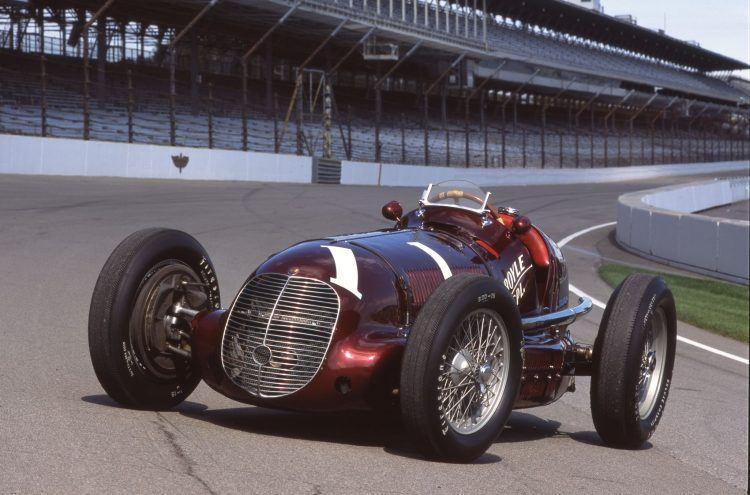
The 8CTF winning run ended in 1950 after Bill Vulcanich failed to claim the Indianapolis 500. In 2014, the HVA (Historic Automobile Association) USA registered the Maserati 8CTF. It became the first non-American production car to receive a permanent place in a museum at the Library of Congress.
About the pilot
Shaw, who was born in Indiana, is one of the most successful riders in the history of the Indianapolis 500. He has three wins (1937, 39, and 40), a runner-up in 1933, 35, and 38. During his career, Shaw raced 13 times in Indianapolis.
It is for this reason that The Boyle Special Show is something that everyone remembers well. This car, number 3032, is currently on display at the Autodrome Museum in Indianapolis.
Needless to say, the next time you're at Speedway, stop by and take a look at it. It's impressive.
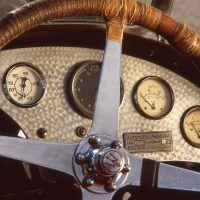 |
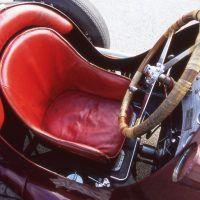 |
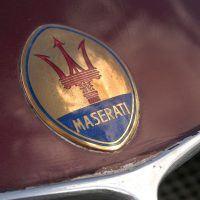 |
Source: Maserati North America, Inc.
Photos: John Lamm.


